Another focus is to ensure trust in the command and control (C2) system by making the uncertainty traceable throughout the information fusion process and give the user the possibility to understand how the information fusion system combines the uncertain information. Furthermore, it is our task to develop guidelines about how to present uncertain information together with their degree of uncertainty to a user in a timely and cognitively easy to understand manner. The work package considers two airborne threat scenarios. Scenario 1: Gimbal Maneuver, an air-to-air threat, and scenario 2: threat evaluation for air-to-ground threats.
Dr. Joe Steinhauer, work package leader,
Dr. Anders Dahlbom, Dr. Maria Riveiro,
Dr. Joeri van Laere, Prof. Lars Niklasson,
Prof. Sten F Andler, (HiS)
Dr. Klas Wallenius, Prof. Håkan Warston,
Dr. Per-Johan Nordlund, Dr. Christoffer Brax (Saab AB)
Research Question
The research questions in WP4 are as follows:
- What information about uncertainty in the incoming data, the lack of useful data, and uncertainty in the information fusion process itself is important to communicate to the user and when and how does it need to be communicated, in order to increase her trust into the C2 system?
- How could priori information be entered into the C2 system and at the same time made transparent to the user in order to achieve the user’s understanding of the priori situation including its possible consequences?
- What information needs to be presented (visually or otherwise) to the user and how can it be presented with regard to minimizing the cognitive workload for the user?
Relevance to UMIF
The research is situated within the intersection of the three UMIF research areas 1) uncertainty management methods, 2) visualization and user Interaction, and 3) impact analysis.
Collaboration with Industry
Data for both scenarios is provided by our industry partners. Besides monthly adobe connect meetings with all work package members and the occasional meeting with the whole group in person, the work package members situated at HiS are visiting the partner participants for work meetings, on-site demonstrations and discussions in smaller groups.
Collaboration with Academia
Currently no collaboration with other universities.
Approach
We will build two threat evaluation methods one based on evidence theory and one based on graphical models. We will then analyse and compare the two methods with regard to their strengths and weaknesses.
Secondly, traceability of uncertainty through the evidence combination process in order to provide the user with the necessary information about the important uncertainty in the information fusion process. We will apply traceable uncertainty primarily on scenario 2.
For visualization of uncertainty and the Gimbal manoeuvre scenario we refer to the next section.
WP Results & Status
Due to a delay regarding the IPR contract WP4 has not yet received company data for scenario 2.
Ongoing work (WP4/WP1) analyzes which evidence combination methods are best suited for the combination of evidence provided from sensors. The result will be used on scenario 2.
Scenario 1 has been analyzed and a first suggestion for a Bayesian network to model it has been presented. Further data for the maneuver is required to refine the model.
The idea of traceable uncertainty has been refined and a first paper: Andler et al. (2012) “Uncertainty Propagation: Bridging the Gap between Low-Level and High-Level Information Fusion” has been published.
A suggestion for a visualization prototype based on two studies 1) visualization/representation of missing data and 2) influence of system parameters in model and outcomes, has been presented.
Related Work
The evaluation of airborne threats contributes to ongoing research within the military domain. Uncertainty visualization is essential to the area of Human-Machine Interaction. Further, the evaluation of UMMs and their applicability to different scenarios, as well as the need for traceable uncertainty are state of the art research problems (e.g. within ISIF, ETURWG).
